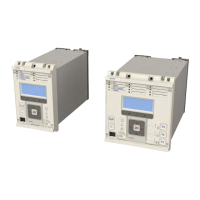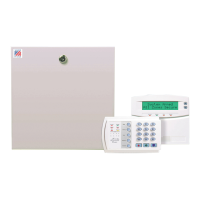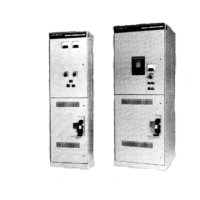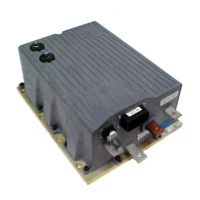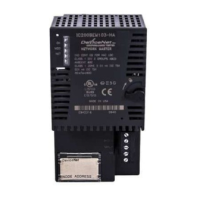1 OVERVIEW
In the past, substation networks were traditionally isolated and the protocols and data formats used to transfer
information betw
een devices were often proprietary.
For these reasons, the substation environment was very secure against cyber-attacks. The terms used for this
inherent type of security are:
● Security by isolation (if the substation network is not connected to the outside world, it cannot be accessed
from the outside world).
● Security by obscurity (if the formats and protocols are proprietary, it is very difficult to interpret them).
The increasing sophistication of protection schemes, coupled with the advancement of technology and the desire
for vendor interoperability, has resulted in standardisation of networks and data interchange within substations.
Today, devices within substations use standardised protocols for communication. Furthermore, substations can be
interconnected with open networks, such as the internet or corporate-wide networks, which use standardised
protocols for communication. This introduces a major security risk making the grid vulnerable to cyber-attacks,
which could in turn lead to major electrical outages.
Clearly, there is now a need to secure communication and equipment within substation environments. This
chapter describes the security measures that have been put in place for our range of Intelligent Electronic Devices
(IEDs).
Note:
Cyber-security compatible devices do not enforce NERC compliance, they merely facilitate it. It is the responsibility of the user
to ensure that compliance is adhered to as and when necessary.
This chapter contains the following sections:
Overview 365
The Need for Cyber
-Security 366
Standards 367
Cyber-Security Implementation 371
P24xM Chapter 17 - Cyber-Security
P24xM-TM-EN-2.1 365
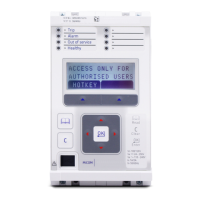
